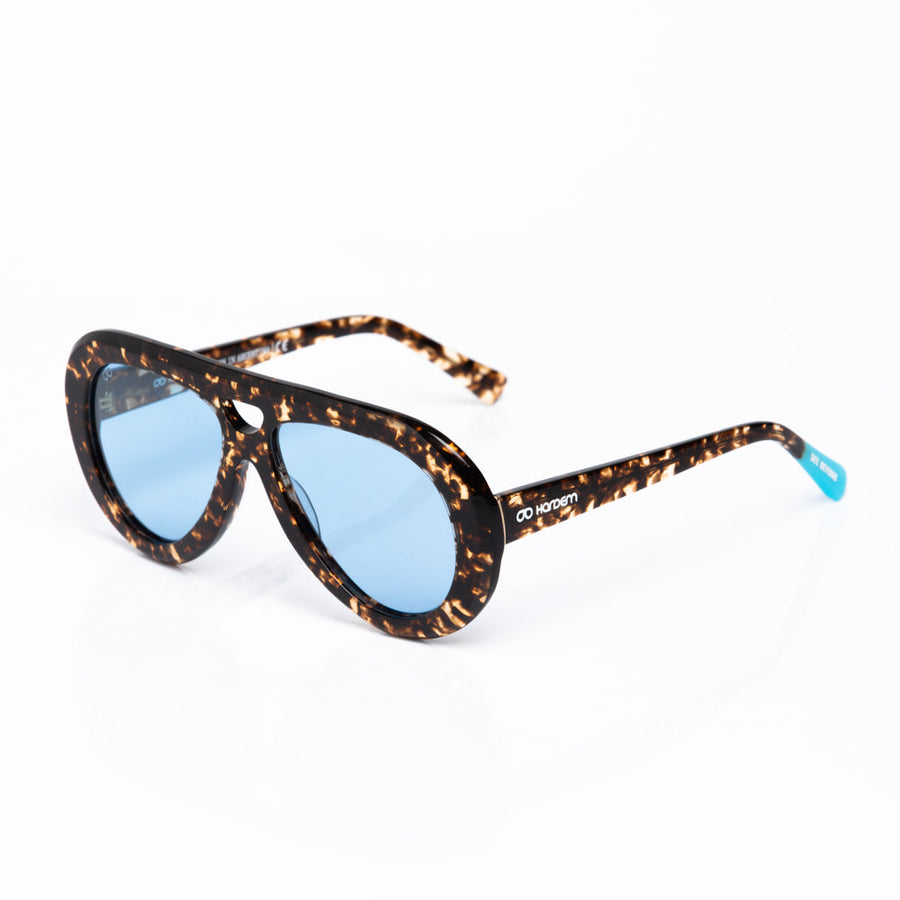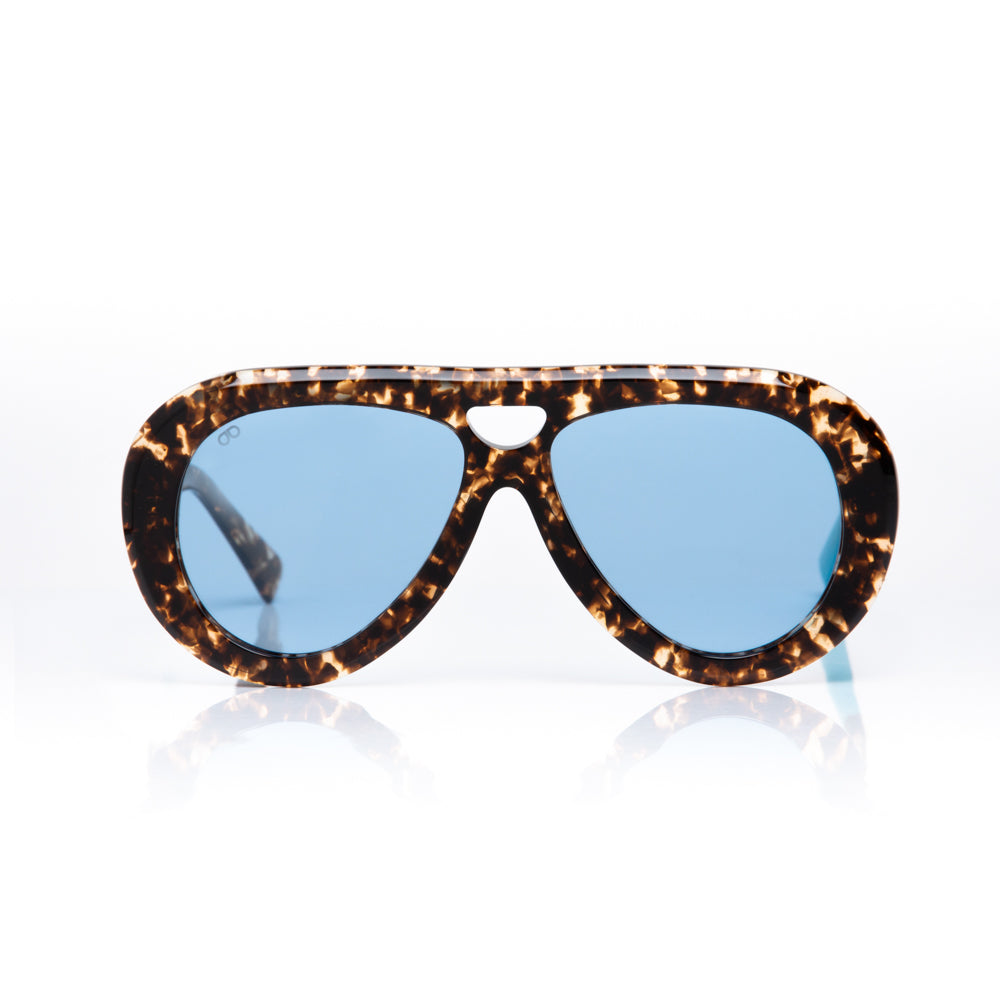Eyewear Materials Explained
From Acetate to Titanium (and Everything In Between)
|
Choosing the right pair of glasses isn't just about style; it's also about comfort, durability, and functionality. And a huge part of that comes down to the materials used. With a vast array of options available, it can be overwhelming to decide which one is best for you. Let's delve into the world of eyewear materials, from the classic acetate to the robust titanium, and everything in between. |
 |
The Classics
Acetate (Cellulose Acetate):
This plant-based plastic is a popular choice for its versatility and rich color options.
Pros: Lightweight, hypoallergenic, durable, and easily adjustable. Offers a wide range of colors and patterns.
Cons: Can lose its shape in extreme heat, and some lower quality acetates can become brittle over time.
Ideal for: Those seeking stylish, comfortable, and customizable frames.
Metal (Various Alloys):
Metal frames offer a classic and sophisticated look. Common alloys include stainless steel, monel, and beta-titanium blends.
Pros: Durable, sleek, and often more affordable than premium materials.
Cons: Some metal alloys can cause skin irritation for those with sensitivities. Can be less flexible than acetate.
Ideal for: Those seeking a classic, durable, and often more budget-friendly option.
The Premium Choices
Titanium:
Known for its exceptional strength and lightweight nature, titanium is a premium material.
Pros: Extremely strong, lightweight, hypoallergenic, corrosion-resistant, and durable.
Cons: More expensive than other materials.
Ideal for: Those with active lifestyles, sensitive skin, or those seeking a long-lasting and high-quality frame.
Beta-Titanium:
A more flexible version of titanium.
Pros: all the benefits of titanium, with added flexibility and comfort.
Cons: Higher price point.
Ideal for: Those wanting the best in comfort and durability.
Ultem (Polyetherimide):
A high-performance thermoplastic known for its flexibility and durability.
Pros: Lightweight, extremely flexible, heat-resistant, and impact-resistant.
Cons: Limited color options compared to acetate.
Ideal for: Those seeking a highly durable and flexible frame.
Other Notable Materials
Nylon:
Often used in sports eyewear due to its flexibility and impact resistance.
Pros: Lightweight, flexible, and durable.
Cons: Limited style options compared to other materials.
Ideal for: Sports and active wear.
Carbon Fiber:
Very light, and strong.
Pros: Very light, very strong, modern look.
Cons: Expensive, and can be brittle if not properly manufactured.
Ideal for: High end sports eyewear, and those wanting a modern look.
Wood:
An eco-friendly and stylish option.
Pros: Unique, natural, and sustainable.
Cons: Requires special care, and can be less durable than other materials.
Ideal for: Those seeking a unique and eco-conscious frame.
Choosing the Right Material for You:
When selecting eyewear materials, consider these factors:
Lifestyle: Active individuals may benefit from titanium or nylon frames.
Skin Sensitivity: Hypoallergenic materials like titanium or acetate are ideal for sensitive skin.
Style: Acetate offers a wide range of colors and patterns, while metal and titanium provide a sleek and sophisticated look.
Budget: Prices vary significantly between materials.
Durability: Titanium and Ultem are known for their exceptional strength and longevity.
By understanding the properties of different eyewear materials, you can make an informed decision and find the perfect pair of glasses that meets your needs and style.
Please note that this blog is for informational purposes only and should not be considered medical advice.
Please consult with a qualified optician or other healthcare professional if you have any questions about your vision or eyewear.
Disclaimer
Please note that this blog is for informational purposes only and should not be considered medical advice.
Please consult with a qualified optician or other healthcare professional if you have any questions about your vision or eyewear.






Leave a comment